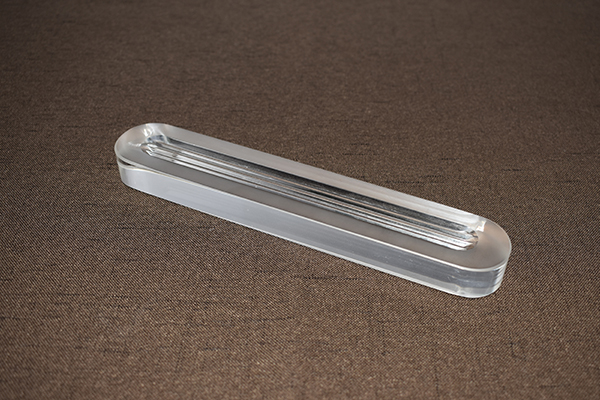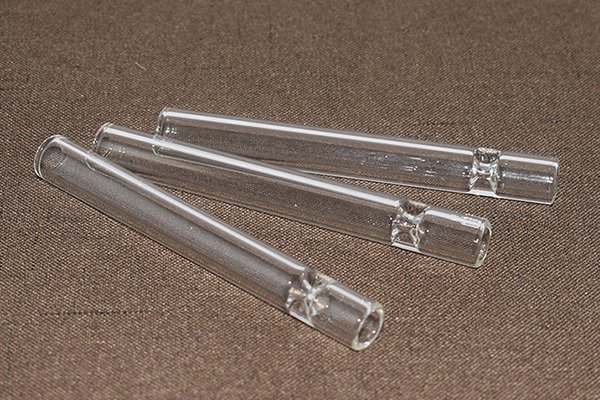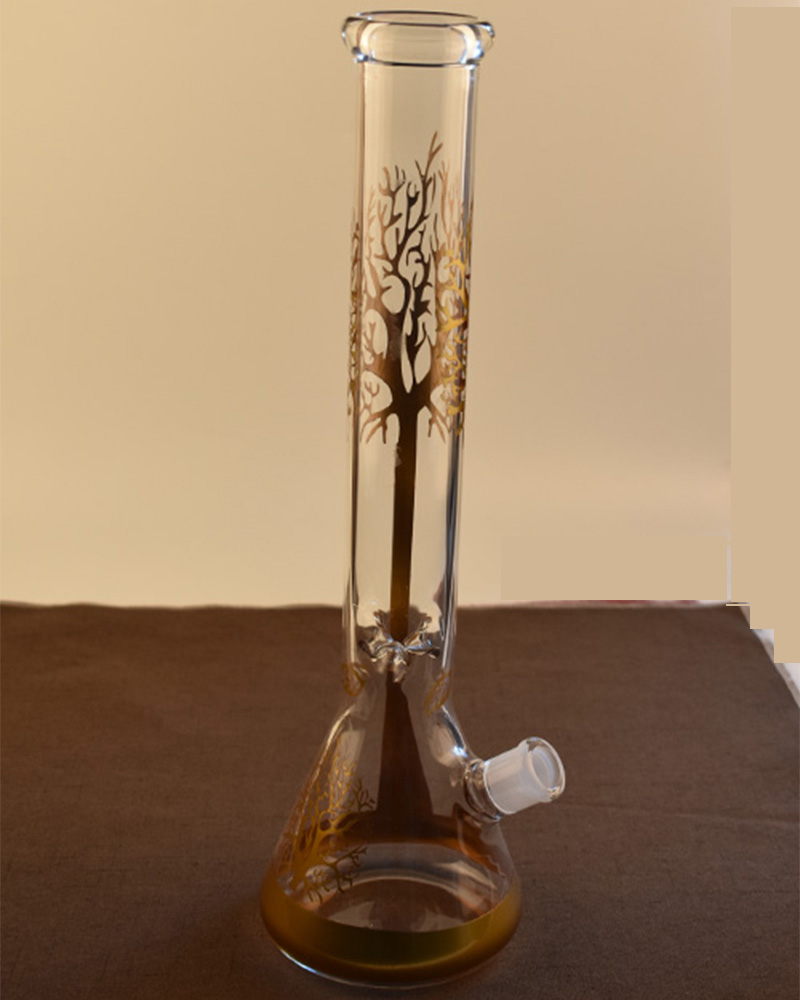News Detail
Acid and Alkali Resistance Test: Glass That Withstands Strong Corrosive Liquids
Glass is often praised for its clarity and strength, but not all types of glass are suitable for environments with harsh chemical exposure. In laboratories, industrial plants, and medical applications, the ability of glass to resist acids and alkalis is crucial. This is where borosilicate and quartz glass stand out.
1. The Purpose of the Test
An acid and alkali resistance test is designed to simulate extreme chemical environments. Samples of glass are exposed to strong corrosive liquids such as hydrochloric acid, sulfuric acid, or sodium hydroxide. The test evaluates whether the surface undergoes etching, clouding, or structural weakening after prolonged exposure.
2. Results That Inspire Confidence
High-quality borosilicate and quartz glass demonstrate exceptional resistance in these tests. Even when immersed in highly concentrated corrosive liquids, the glass remains clear and structurally stable. Unlike ordinary soda-lime glass, which may quickly show erosion or opacity, resistant glass maintains both its optical and mechanical properties.
3. Why Resistance Matters
Strong chemical durability extends the service life of laboratory equipment such as beakers, test tubes, and sight glasses. In industrial settings, it ensures the safe operation of reactors, pipelines, and storage containers. For medical devices, it guarantees purity and prevents contamination.
4. Beyond Durability—Safety and Sustainability
Using acid- and alkali-resistant glass reduces equipment replacement frequency, lowers maintenance costs, and enhances safety. At the same time, its long lifespan contributes to more sustainable practices by minimizing waste.
This resistance test is more than a technical assessment—it is proof that glass, when engineered with the right composition, can stand firm even in the harshest environments.



